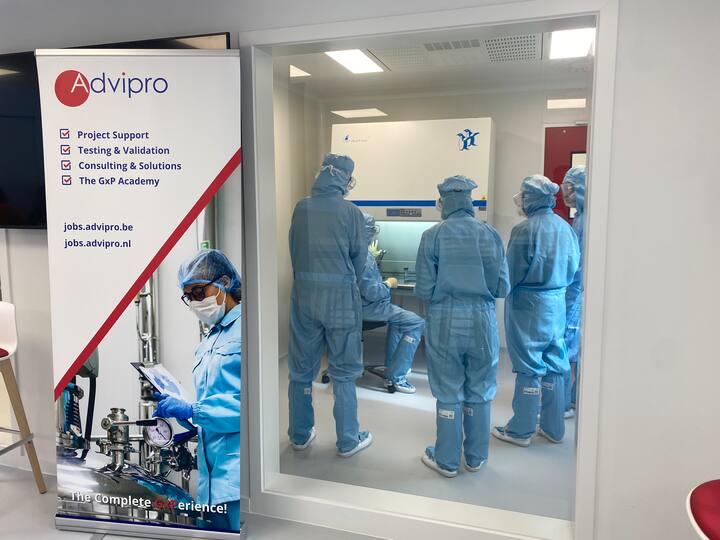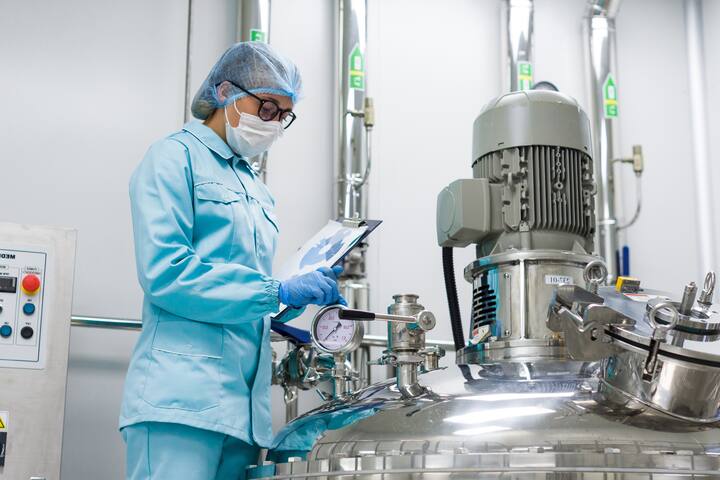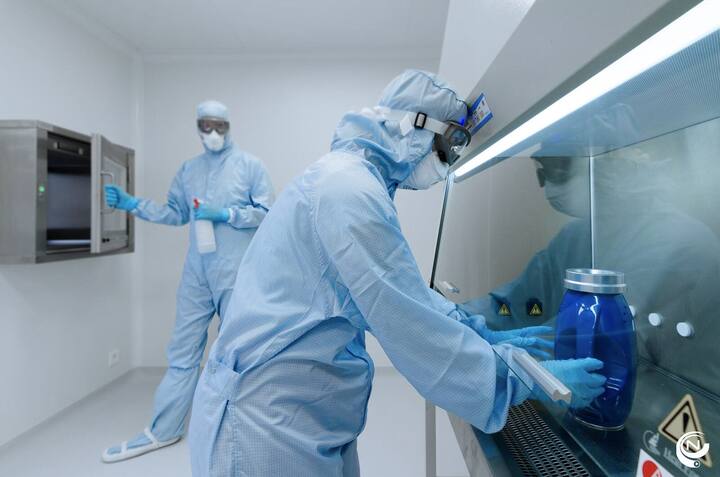
What is GxP?
Everyone will eventually come into contact with medicines at some point in their life, but we often don’t consider what has to happen to safely deliver a medicine to the patient. When it comes to medicines, everything revolves around the safety of the patient. To ensure safety, various quality systems have been introduced in the pharmaceutical and food industries. These quality systems are divided into different categories. The general term for these quality systems is GxP. What does GxP mean, and why is it so important to introduce quality systems in these industries?
What is GxP?
GxP is the general term for the various quality systems used in the pharmaceutical and food industries. Some strict guidelines and standards must be followed by companies in these industries to guarantee the quality and safety of their product. The G stands for Good, the x represents the different quality systems, and the P stands for Practices, so GxP stands for “Good x Practices.” Sometimes, a small letter c is placed in front, making it cGxP. The c is an abbreviation for ‘current’. A mention of the small letter c in GxP indicates that it refers to the most recent version of the applicable quality system. Even if the regulation has not yet been updated, it is expected that the latest methods are being followed. The x in GxP can be filled with the available quality systems within the pharmaceutical and food industries. Each quality system is indicated by one or two letters replacing the x.
A system of guidelines to ensure that products are consistently produced and controlled according to quality standards.
A set of guidelines followed by everyone in the industry to record raw data inputs in a readable, traceable, and reproducible manner. This is an important concept within data integrity.
A set of guidelines for the proper storage and distribution of drugs and drug-related products for use by humans and animals.
A set of guidelines for the proper execution of tasks in a laboratory. This quality system deals with organizational processes, excluding clinical studies, to assess the safety of chemicals concerning humans, animals, and the environment. GLP only pertains to how the work in the laboratory is organized; it is not involved in interpreting or scientifically evaluating the results.
A set of guidelines to ensure that the results of clinical studies are reliable and that patients are protected. These rules and regulations were established by the International Conference on Harmonisation.
A set of guidelines for laboratory samples from clinical research. Compliance with these guidelines enables clinical laboratories to ensure that data on safety and efficacy are repeatable, reliable, and verifiable and can easily be reconstructed in a research setting.
A set of guidelines followed by manufacturers and other users of automation to maintain operational efficiency and reliability. GAMP is also a subcommittee of the International Society for Pharmaceutical Engineering (ISPE).
A national framework of quality standards and guidelines for pharmacy practice that meets the needs of people who use the services of the (hospital) pharmacist to provide optimal, evidence-based care.
Why is GxP important?
GxP was developed for industries where ensuring quality is a top priority. It guarantees a certain standard of quality in the industries where it is applied.
Example: When people take manufactured medicines, they want the product to be safe and reliable. By applying quality assurance systems (GxP), the product is made to a certain standard of quality, and its safety can be guaranteed.
Relationship between quality systems
Each quality system has its own standards and guidelines and is used at different stages of product development. GDocP is an exception and applies to all quality systems throughout the entire process from development to sale, because everything must be well documented at each quality system stage. It can happen that two quality systems apply simultaneously.
Example of GMP alongside GDP: When a product is being produced (GMP), it also needs to be transported in a certain way (GDP) from location A to location B. If a product spoils at temperatures above 10°C, it must be stored, transported, and produced at a cooler temperature (2-8°C).
Each quality system also has its own focus, although they may be used in similar environments. For example, GCP, GCLP, and GLP: Good Clinical Practices (GCP) do not define requirements for laboratories, and Good Laboratory Practices (GLP) focus on preclinical analyses, not on human samples from clinical trials. GCLP is focused on clinical trial samples.
Normec Advipro, The Complete GxPierence!
Normec Advipro is a company specialising in various quality systems (GxP) within the pharmaceutical industry. With this expertise, we can guide pharmaceutical manufacturers from A to Z — for example, in the development, installation, and qualification of their processes. This applies to both large companies and various startups and smaller businesses.
Normec Advipro also has a training centre called The GxP Academy. It is equipped with a fully operational cleanroom and provides the ideal environment to receive training in the various aspects of GxP.

More about Normec Advipro

Normec Advipro
Lille Belgique
Vous souhaitez créer un environnement de travail et de vie sûr et sain ?